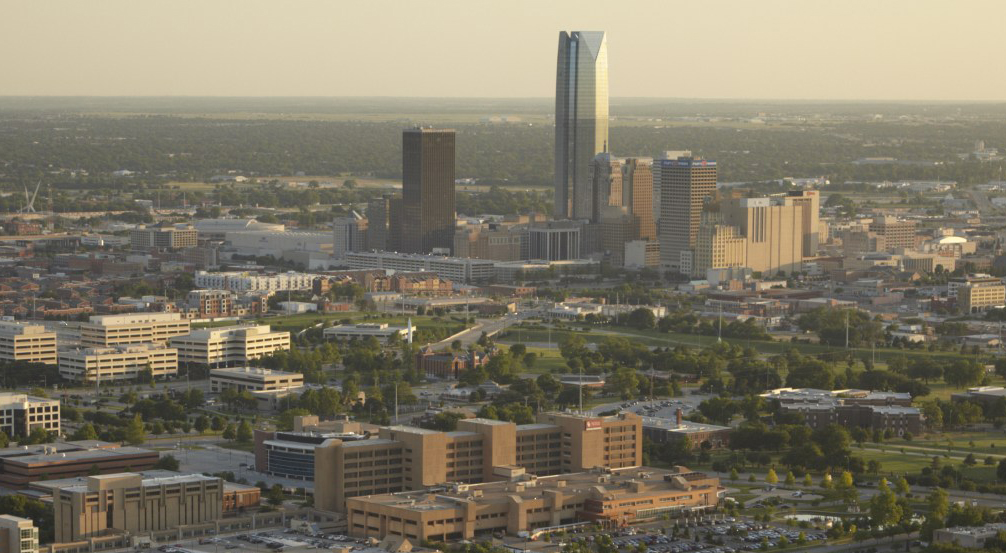In today’s global economy, cities rise above international competitors—or not—based on their ability to innovate not within single industries—autos, steel, energy—but rather by finding new points of convergence across them.
The implications of this new competitive landscape for Oklahoma City are significant. Two of the region’s largest economic clusters—energy and health care—are undergoing substantial disruption. The expansion of North American natural gas has opened the energy economy to new players. In health care, life science breakthroughs are coupling with information technology in areas like personalized medicine and health IT to redefine the care continuum, creating wide openings for technology and life science capitals like Austin, Texas; Boston; and San Francisco.
Yet as crosscutting technologies—from “big data” to sensing—expand the competitive playing field in industries critical to Oklahoma City, they also create unprecedented opportunity for the region to vault ahead of its peers.
This great leap will not happen spontaneously, however. To leverage advantages in health, energy, and other sectors, Oklahoma City’s public and private leaders need to take action to improve joint industry-relevant research; grow, attract, and retain new technology companies; and ensure that the workforce is prepared for future jobs. They need to invest in creating dynamic, high-quality places where research institutions, firms, and talent concentrate and connect. And they need to nurture the talents and potential of low-income residents, who, if history is any lesson, will otherwise remain disconnected from the innovation economy’s growth.
Original Post:


